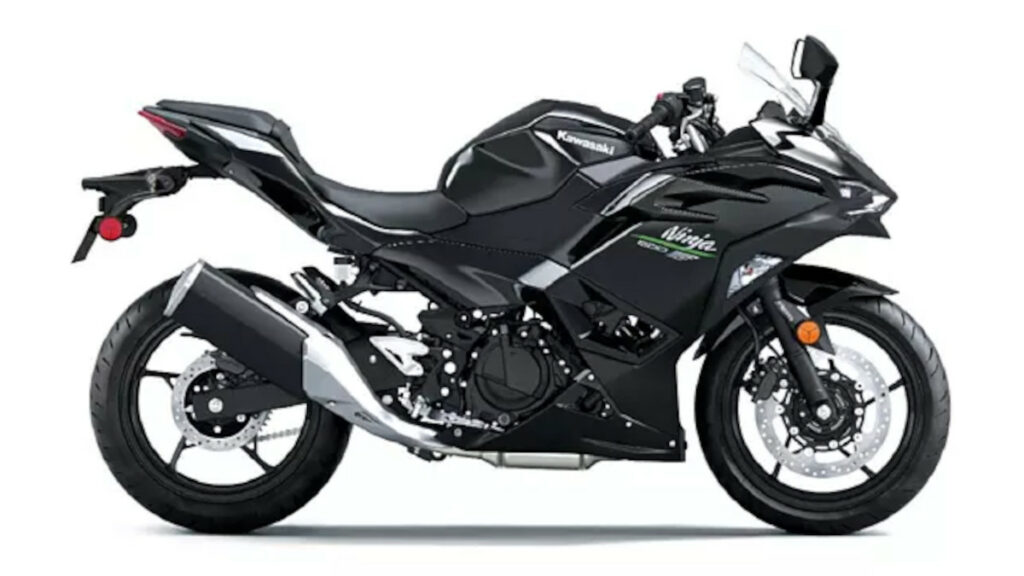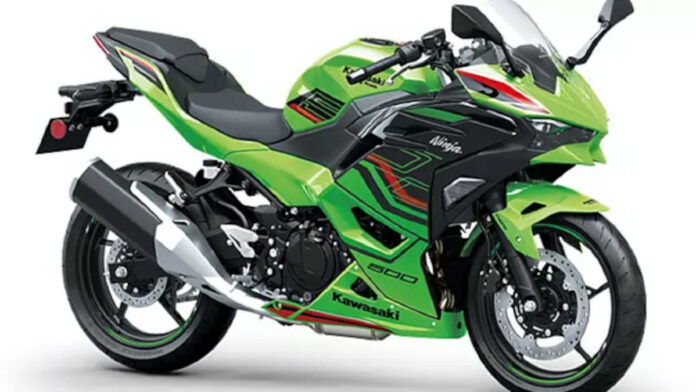In the world of motorcycles, the Kawasaki Ninja 500 has made waves, albeit with mixed reactions. This review dives deep into its design, performance, features, and overall value proposition. Whether you’re a seasoned rider or a prospective buyer, this detailed analysis aims to provide insights to help you make an informed decision.
Introduction to the Kawasaki Ninja 500
The Kawasaki Ninja 500 has garnered attention for its blend of sporty aesthetics and practical performance. This section explores its design evolution, build quality, and the initial impressions it leaves on enthusiasts and critics alike.

Design Evolution and Aesthetics
The Ninja 500’s design builds upon the successful Ninja 400 platform, refining its appearance with modern touches. Key features include:
- Sharp LED Headlights: Enhancing visibility and adding a contemporary look.
- Streamlined Fairings: Cuts and creases that enhance aerodynamics and visual appeal.
- Upswept Tail Section: Integrated triangular LED tail light for a distinctive rear profile.
Quality Assessment
While the overall build quality of the Ninja 500 is commendable, some areas could benefit from improvement:
- Plastics and Switchgear: Feedback on the quality of plastics used in critical areas like the instrument cluster and switchgear.
Ergonomics and Comfort
A motorcycle’s ergonomics play a crucial role in long-term ride comfort and control. Here’s a detailed look at how the Ninja 500 balances sporty performance with rider comfort.
Riding Position
The Ninja 500 strikes a balance between sportiness and comfort with:
- Footpeg Placement: Rear-set but not extreme, enhancing riding dynamics without compromising comfort.
- Handlebar Height: Comfortably positioned for extended rides without strain on the wrists.
Seat Comfort
Generous padding and a spacious design ensure comfort during both short commutes and long-distance touring.
Performance and Handling
Beyond aesthetics, a motorcycle’s true mettle is tested in its performance capabilities and handling dynamics. The Ninja 500 doesn’t disappoint in this crucial aspect.
Engine Performance
Powered by a potent parallel-twin engine:
- Mid-Range Power: Enhanced over its predecessor, the Ninja 400, offering improved tractability in urban environments.
- Highway Performance: Capable of reaching triple-digit speeds with ease and minimal vibrations at cruising speeds.
Handling and Suspension
The Ninja 500 showcases refined handling characteristics:
- Suspension Setup: Telescopic fork and monoshock tuned for a balance of ride comfort and responsive handling.
- Stability: Ability to maintain composure over uneven road surfaces and mid-corner bumps, enhancing rider confidence.
Braking System
Decent braking performance with:
- Axially Mounted Setup: Provides adequate bite and feedback, crucial for spirited riding and emergency maneuvers.
Features and Technology
In today’s competitive market, technological features can significantly influence a motorcycle’s appeal. Here’s how the Ninja 500 fares in terms of onboard technology and features.
Feature Set
While competent in core functionalities, the Ninja 500 lacks some modern features:
- Instrument Cluster: Negative LCD display, functional but lacks the premium feel expected in its price segment.
- Connectivity: Basic Bluetooth connectivity, falling short compared to competitors offering more advanced connectivity options.
Safety Features
Standard dual-channel ABS ensures:
- Safety: Effective braking control in varying road conditions, enhancing rider safety and confidence.
Fuel Efficiency and Economy
For many riders, fuel efficiency is a practical consideration. Here’s a look at how the Ninja 500 performs in terms of mileage and economy.
Fuel Efficiency
Impressive fuel efficiency figures:
- City Mileage: Achieves 28.7 kmpl, surpassing expectations for a twin-cylinder engine in urban settings.
- Highway Efficiency: Expected to deliver over 30 kmpl, making it a viable option for long-distance rides without frequent refueling stops.
Price and Value Proposition
The Ninja 500’s pricing strategy and overall value proposition play crucial roles in its market acceptance. Here’s a critical assessment of its pricing and competitive positioning.
Pricing Strategy
Priced on the higher side due to CBU importation:
- Market Perception: Considered expensive in comparison to locally manufactured counterparts, impacting its affordability and accessibility.
- Competitive Landscape: Faces stiff competition from more feature-rich and competitively priced alternatives in the market.
Value for Money
Despite its premium pricing, the Ninja 500 offers:
- Performance: Strong mid-range power and agile handling, appealing to enthusiasts seeking a balance of performance and comfort.
- Brand Reputation: Leverages Kawasaki’s legacy and reliability, factors that influence buying decisions among brand-conscious consumers.
Conclusion: Should You Consider the Kawasaki Ninja 500?
The Kawasaki Ninja 500 emerges as a compelling option in the middleweight sportbike segment, offering a blend of performance, comfort, and distinctive design. However, its premium pricing and limited feature set may deter some buyers looking for more bang for their buck.
Final Verdict
- Pros: Strong engine performance, refined handling, and comfortable ergonomics suitable for varied riding conditions.
- Cons: Pricey due to importation, lacks advanced features seen in competitors, such as TFT displays and advanced connectivity options.
In conclusion, while the Ninja 500 excels in core aspects of performance and reliability, prospective buyers should weigh its pricing against the competition’s offerings before making a decision.


































